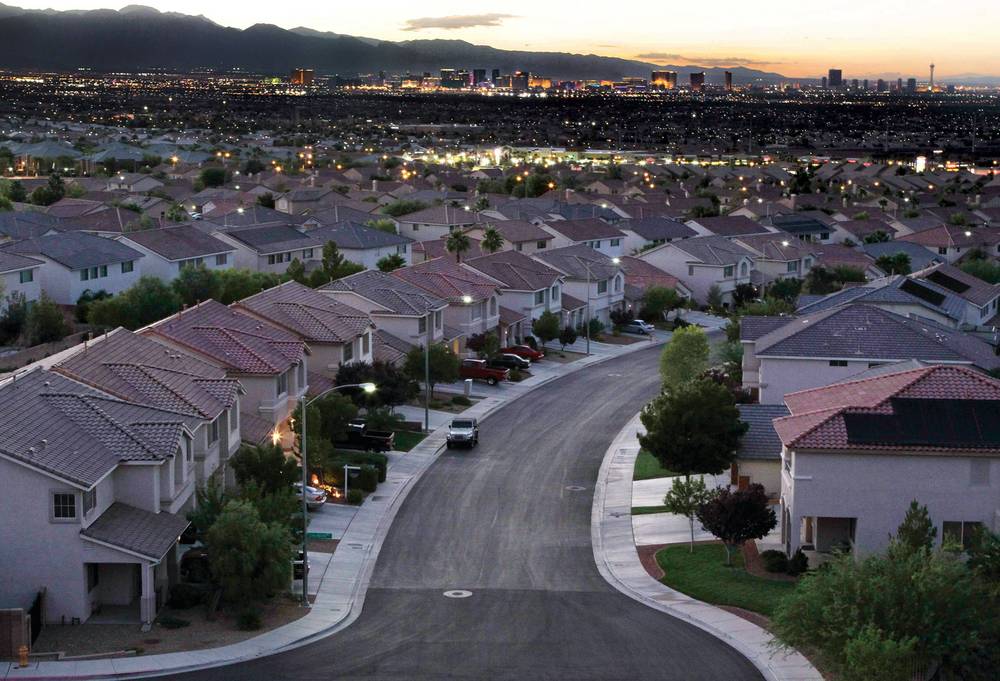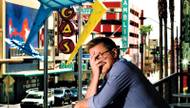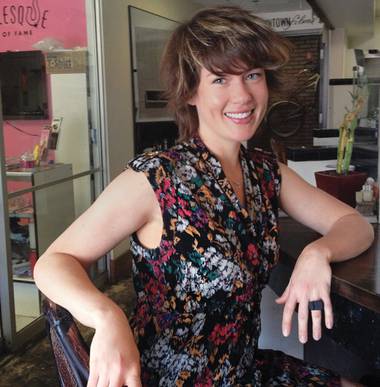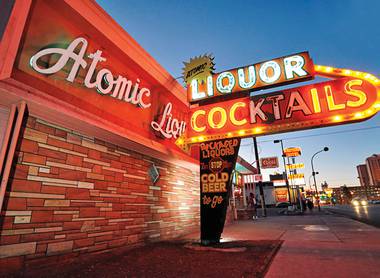We think of the Great Depression era as a time of hunger and darkness, when economic activity stopped and our grandparents learned to stuff money in the mattress. The reality is far more complex, suggesting that despite the misery, important developments in government and the private sector during the 1930s made possible the long period of prosperity that followed.
This is hugely relevant to Las Vegas, as we can either use our hard times to set up the next period of growth and prosperity, or sit around waiting for the good ol’ days to return, even though they never will.
As Tom Nicholas of the Harvard Business School noted in the McKinsey Quarterly, many companies halted research and development spending in the 1930s, waiting out the Depression, as reflected by a sharp decrease in patent applications. Other companies pressed on. In 1930, DuPont created neoprene, aka synthetic rubber. Nicholas says DuPont’s sales fell roughly 15 percent that year, but the company increased R&D spending to commercialize the discovery. Same with nylon.
Government, meanwhile, was busy creating a regulatory structure that built a safer, more stable banking system and reined in the excesses of Wall Street. (This was in place until we dismantled it beginning in the 1980s, with disastrous results.) Government also recognized that brain-dead thinking on economics was an important contributing cause of the Depression and put in place programs such as Social Security and new laws strengthening the rights of workers that created the middle class.
Here in Nevada, as historian Michael Green notes, we legalized gambling and quickie divorces in the 1930s, welcomed federal dollars at the Hoover Dam and sold our low tax burden to bring new business, paving the way for a period of rapid growth after World War II.
Likewise, Nevada’s last fallow period, from the 1970s to the opening of the Mirage in 1989, was “indeed a warm-up period for the later boom,” Green notes.
“Steve Wynn built up the Golden Nugget but went to Atlantic City—in a sense, to prepare for what he would do here. Kirk Kerkorian had to rebuild the MGM Grand after the fire, and building that hotel twice was a kind of preparation for what he would do in the 1990s. Building up UNLV and the community college (it opened here in 1971) certainly went on during the 1970s and 1980s,” he added.
Most important, the Mob was cleared out of town, which legitimized Vegas and the gaming industry.
So, in a decade, will we look back at this current dark period and credit our smart moves with bringing about a renaissance?
I lean optimistic. Major casino companies have invested overseas and renovated properties here rather than letting them deteriorate. Cosmopolitan, Caesars Entertainment’s Project Linq and the development of smaller niche properties have diversified the product offering.
Then there’s dumb luck. We were already working on the Smith Center for the Performing Arts and Hoover Dam Bypass when the crash came. All the overbuilding means our real estate is a bargain. Those are crucial assets.
Some decisions seem smart, though we can’t be sure yet. The new city hall may be unnecessary, and the transaction putting Zappos in the old city hall seems like corporate welfare, but both moves could help revive Downtown.
A focus on public worker health care and pension liabilities at the Legislature could prevent the kind of fiscal Armageddon that currently plagues California, though that work is just beginning.
Other decisions, like hiring Dwight Jones as superintendent of Clark County School District, will hopefully be unqualified successes.
Finally, other recession-era decisions have been head scratchers, like slashing funding for higher education. The new reality is that we need innovators, which usually means people who are educated. And we haven’t reformed our backward tax code, which is regressive and too dependent on tourism.
Again, I lean optimistic about what’s happening because of a widespread understanding that the old way of doing things—build resorts, build houses—won’t cut it. Steve Hill, who is Gov. Brian Sandoval’s director of economic development but made his mark with a cement company, said as much recently. If a guy from the cement industry has had this epiphany, we’re on the right track.








Previous Discussion: